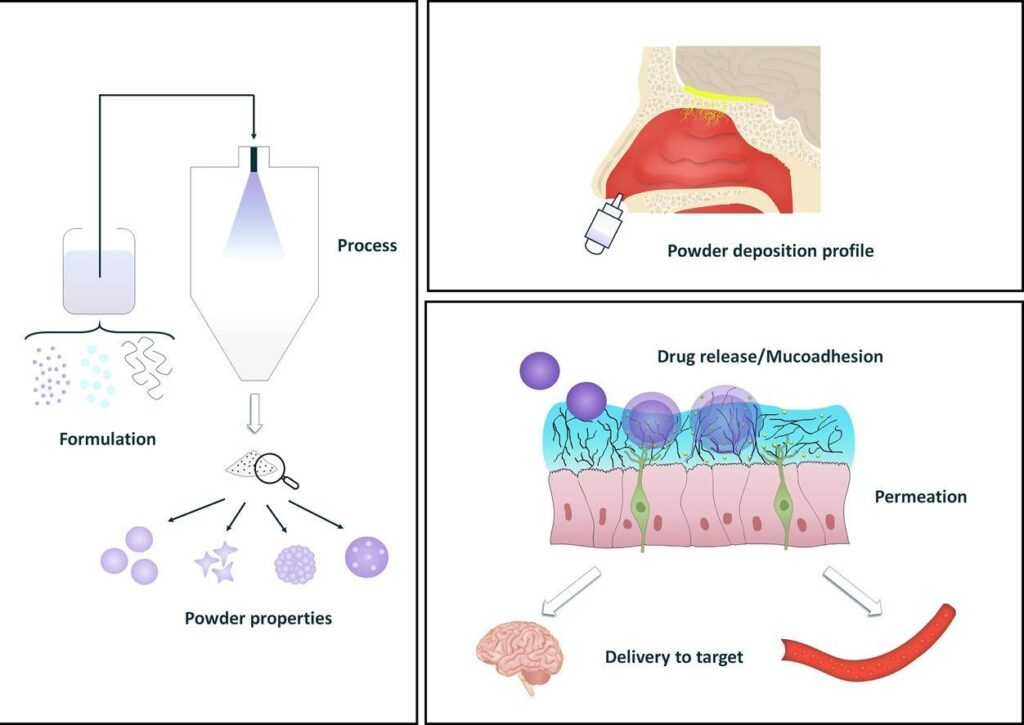Table of Contents
- Understanding the Key Differences in Spray Gel and Foam Formulations
- Evaluating Effectiveness and Application Techniques for Optimal Results
- Assessing Suitability Based on Skin Type and Desired Outcomes
- Expert Recommendations for Selecting the Ideal Product Formulation
- In Retrospect
Understanding the Key Differences in Spray Gel and Foam Formulations
When it comes to choosing between spray gel and foam, understanding their core formulations is essential to making an informed decision. Spray gels typically combine water, polymers, and alcohol-based ingredients, offering a lightweight yet firmer hold. Their formulation allows for easy application and even distribution, making them ideal for styles requiring definition without stiffness. In contrast, foam formulations incorporate aerated polymers and conditioning agents that create a voluminous texture. The lightweight, airy consistency of foam makes it perfect for enhancing natural curls or adding body to fine hair without weighing it down.
Key differences to consider include:
- Texture and finish: Gels generally lend a shinier, more structured look, while foams offer a softer, more natural finish.
- Application method: Sprays are easily misted over larger areas, ensuring quick coverage, whereas gels require more precise hand-distribution.
- Hair type suitability: Spray gels work well for thick or coarse hair needing control, while foams excel in defining curls and adding volume to finer strands.
Understanding these foundational differences empowers users to tailor their styling routine to their hair’s needs, guaranteeing optimal results every time.
Evaluating Effectiveness and Application Techniques for Optimal Results
When determining the most effective formulation, it’s essential to consider both the product’s active ingredients and its method of application. Sprays often provide rapid coverage over a large area, making them ideal for quick, even distribution. However, their effectiveness can be diminished by environmental factors such as wind or evaporation. Gels, on the other hand, offer targeted delivery with enhanced adhesion to surfaces. This results in prolonged contact time, which can significantly boost performance for treatments requiring slow absorption. Foams provide a middle ground-expanding to cover hard-to-reach areas and retaining moisture longer than sprays, which can optimize results in porous or uneven surfaces.
For optimal outcomes, application techniques should be tailored to both the formulation and the specific task at hand. Consider these best practices:
- Sprays: Apply from a consistent distance and in controlled, sweeping motions for even coverage.
- Gels: Use gentle, precise spreading tools to ensure full contact without wastage.
- Foams: Allow expansion time before smoothing or covering treated surfaces to maximize absorption.
Assessing Suitability Based on Skin Type and Desired Outcomes
When selecting the ideal topical formulation, it’s essential to tailor your choice to your specific skin type and the outcomes you aim to achieve. For those with oily or acne-prone skin, foams often offer a lightweight, non-greasy application that absorbs quickly without clogging pores. In contrast, gels provide a cooling sensation and are great for soothing inflamed or sensitive skin, making them a preferred option for individuals struggling with redness or irritation. Spray formulations typically offer ease of application and are excellent for broad coverage, but they might lack the concentrated power needed for targeted treatments on dry or flaky skin.
Beyond skin type, your desired outcome plays a pivotal role in choosing between these options. If hydration and long-lasting moisturization are your goals, gels and foams with humectant properties can deliver sustained relief. Sprays, while convenient, are often better suited for providing a refreshing burst or maintaining treatment consistency throughout the day. Consider the following factors when making your decision:
- Absorption rate: Foams absorb faster, ideal for quick application.
- Texture preference: Gels offer a smooth, soothing feeling; sprays leave a light mist.
- Coverage needs: Sprays cover larger areas efficiently, gels and foams are better for precision.
- Skin sensitivity: Gels commonly contain soothing ingredients for sensitive skin.
Expert Recommendations for Selecting the Ideal Product Formulation
When choosing between spray, gel, and foam formulations, it’s vital to consider the specific needs and preferences of the user alongside the product’s intended purpose. Sprays offer excellent coverage and are particularly advantageous for hard-to-reach areas or quick application scenarios. They tend to absorb rapidly without leaving a greasy residue, making them ideal for those who prefer convenience and a lightweight feel. Meanwhile, gels provide a thicker consistency that allows for targeted application, often delivering sustained effects. This makes gels a top choice for users seeking concentrated action on localized areas, as well as those who appreciate tactile control during application.
Foams, on the other hand, strike a balance between sprays and gels by blending easy application with moderate absorption. Their airy texture enhances comfort, especially for sensitive skin, and allows for broader yet gentle coverage. When selecting a product formulation, be sure to evaluate factors like absorption time, skin type compatibility, and desired intensity of effect. Consider these expert tips:
- Skin Sensitivities: Foams are often more hypoallergenic due to fewer preservatives.
- Application Area: Sprays excel for large or inaccessible zones, while gels support precision.
- Longevity: Gels typically offer longer-lasting benefits compared to sprays or foams.
In Retrospect
In the end, selecting the right formulation-spray, gel, or foam-largely depends on your specific needs, preferences, and the application context. Sprays offer quick and even coverage, gels provide targeted and longer-lasting effects, while foams strike a balance with easy application and good absorption. By understanding the distinct benefits and limitations of each, you can make an informed choice that maximizes effectiveness and convenience. Whether you’re tackling skincare, haircare, or household products, the best formulation is the one that fits seamlessly into your routine and delivers the results you’re after. Happy choosing!Check Our Other Blogs
- StunGun – Your Trusted Source for Stun Guns, Laws, and Self-Defense Tips
- PepperSprayLaws – Your Trusted Resource for Pepper Spray Information
- StunGunLaws – Your Trusted Guide to Stun Gun Legality and Safety




